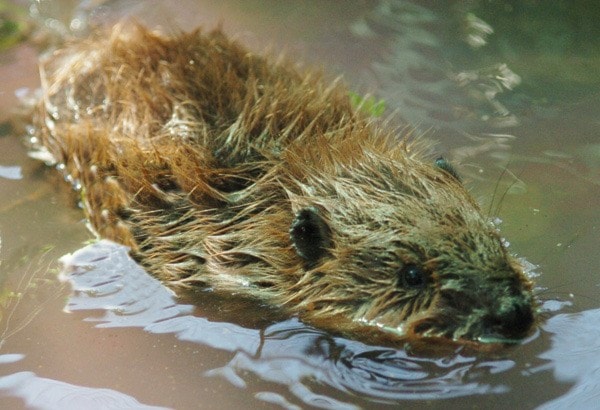The beaver is known as Canada’s national animal and, as a dam builder, is one of nature’s most innovative and imaginative creatures.
But the rodent is a victim of its own engineering mastery.
Beavers cause flooding when their homes, built from twigs and sticks held together with mud which hardens in cold weather, form dams in ditches, streams, lakes and ponds.
This can lead to flooding which in turn can impact roads and farmers’ fields.
To counter this, traps are set and in many cases, the rodents are left to die.
Township council has now been asked to support a pilot project to replace traps with non-lethal alternatives to save beavers and other animals.
Lesley Fox, executive director of the Association for the Protection of Fur-Bearing Animals, asked council to support the project, not only to protect wild animals, but domestic animals as well.
“Our biggest concern is that every year we get dozens and dozens of calls from people whose dogs are caught in the traps,” Fox said.
Some traps have been found 200 feet from a school, she said.
Fox explained that when dams are removed, beavers are forced to move on to build another lodge, at the loss of more trees.
The APFBA wants to team with the Township to use alternatives approaches which would cost the municipality nothing.
Using volunteers from the association, safer means of trapping would be adopted. One is a device that fits over the edge of a culvert. It still allows beavers to build their home, and water is allowed to flow freely through the culvert.
These devices cost between $300 and $800 and last for 10 years.
Speaking to council after Fox’s presentation on June 11, Sharon Stephenson supported the move.
“Trapping animals is inhuman as they die a slow and terrifying death.
“Traps are impossible to escape from,” she said.
Council referred the issue to staff to provide non-lethal options for managing wildlife.
The Township currently has no legislation in place to ban traps on public or private property.
In 2007, the Fur-Bearer Defenders expressed concern that 50 beavers had been “cruelly trapped and killed” in the Township the previous year.
At a September, 2007 meeting, majority of council refused to back Councillor Kim Richter’s motion to lobby Victoria to remove the restriction on relocating the rodents, and that in the interim, the Township find more humane ways to kill them.
Richter suggested that beavers be euthanized, just like the Township euthanizes cats and dogs (by lethal injection) at its animal shelter.
Richter remarked at the time that beavers don’t always die a quick death in the traps which are set underwater, but die from drowning.
“If we have to kill them, we at least should kill them more humanely,” she said.
